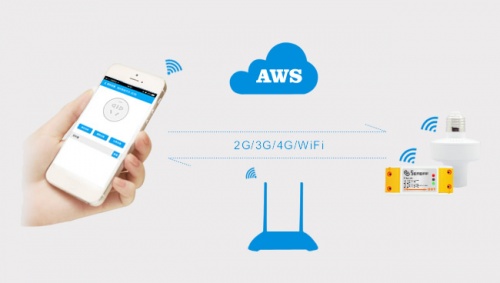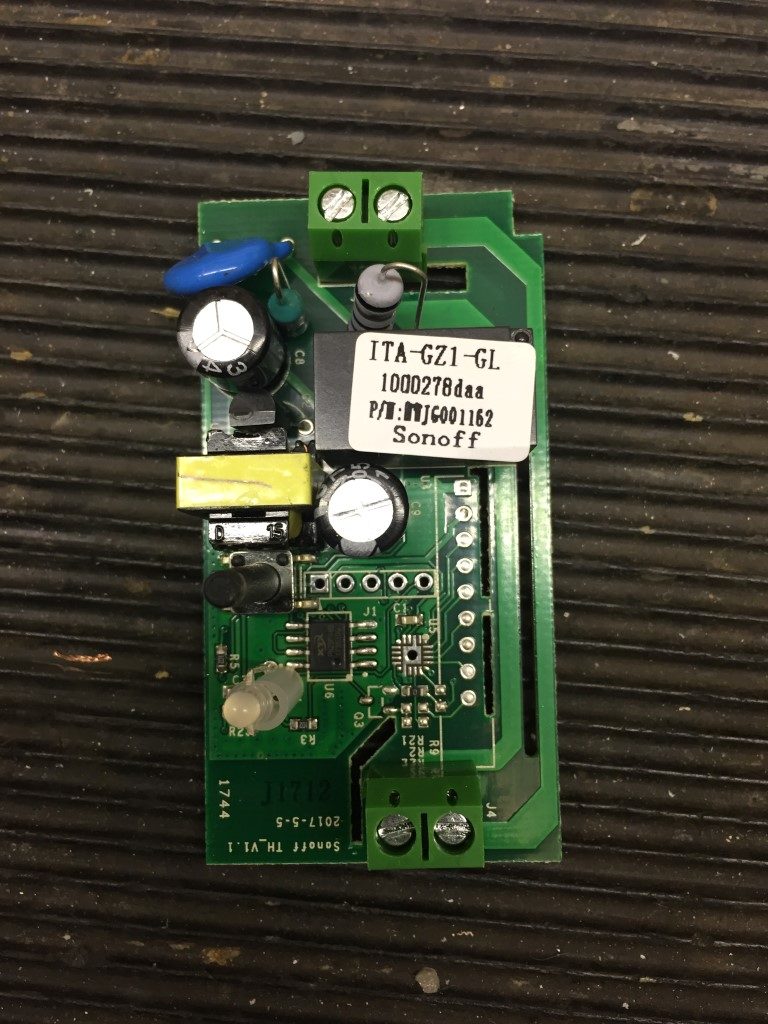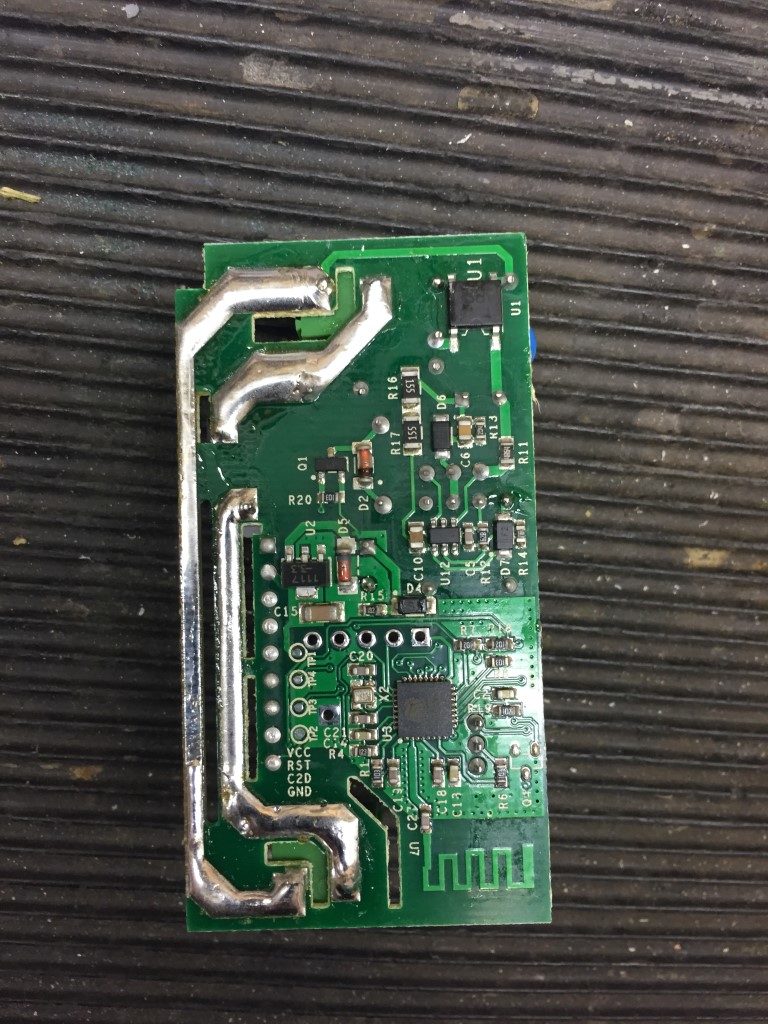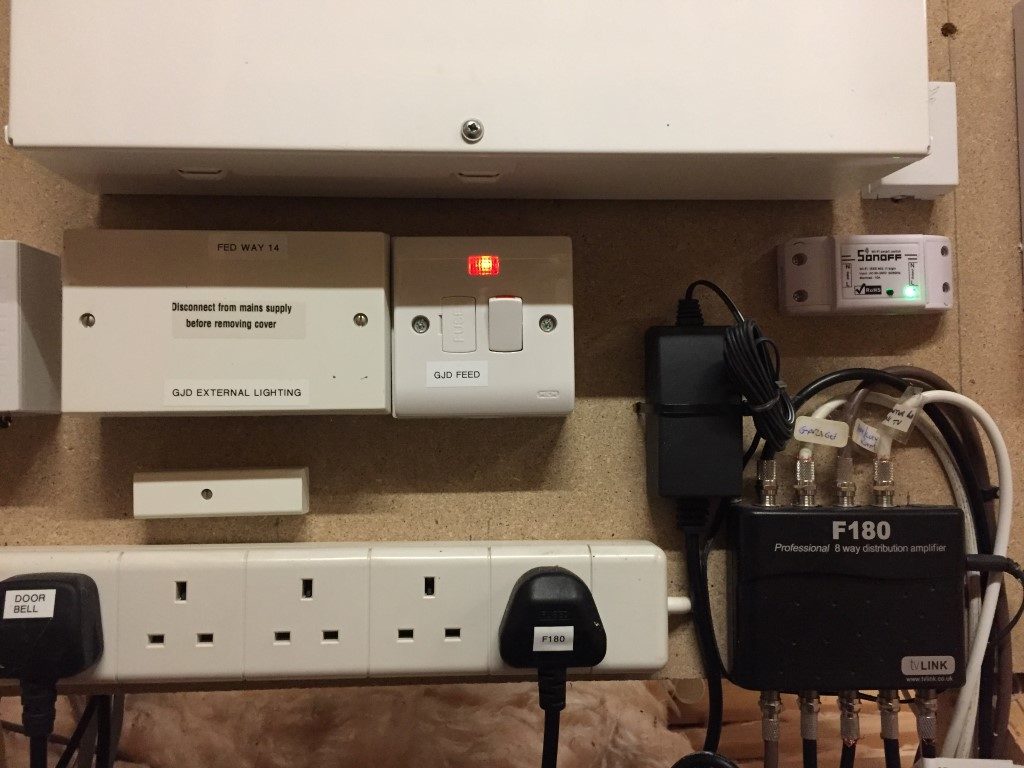I was reading on the plumbing forums about the need for an Automatic Bypass Valve (ABV) on central heating systems and compliance with the HM Government document – Domestic Building Services Compliance Guide, specifically the need for a ABV (page 15, section 2.0).
I have a System configuration using a Valliant Thermocompact 624e boiler, the purpose of the ABV is to maintain a consistent flow through the boiler and also should both the hot water and central heating zone valves close due reaching the set point temperature, the boiler will continue to run for 10 minutes to dissipate heat in the the boilers heat exchanger, without some form of bypass the pump will be pumping against closed valves, which is not good!
The ABV senses the increase in pump pressure and opens against a calibrated spring pressure to maintain water flow.
My central heating system had a 15mm hand valve cracked open between the boilers flow and return for this purpose, the 28mm pipe with an automatic air vent is the feed from the boiler, the centre 22mm pipe is the return.
The advantage of this configuration is that the pump can not pump against a dead head, the disadvantage is that a portion of the heated water from the boiler is immediately returned to the boiler and not used the heat radiators or hot water, so I thought I’d install an Automatic Bypass Valve not realising that the boiler already had an inbuilt one until I had bought all the parts…oh well!!
The manual bypass valve was not the only thing I wasn’t entirely happy with, the main niggles were the motorised valve to the heating circuit was mounted very low and it would be better to move it higher for ease of replacement and the automatic air vent was not at the recommended height above the highest point in the system, both of these were going to be fixed at the same time as the installation of the ABV.
First job was to electrically isolate all power to the boiler and controller, once done it was a matter of draining the system down, I’m fortunate that my radiators have drain valves, this made the process very simple.
Once drained I could disassemble the pipework.

I retained the hand valve for adding inhibitor and for use as a vacuum break should I need to drain down in the future.
Once the pipework was apart, I used a 22m straight compression coupling to extend the central heating pipe, lifting the motorised valve to a more accessible location, the pipe to the automatic air vent was also extended to be 300mm above the height of the upstairs radiators.
The tricky job was to unsolder a 22mm stub which was cut to allow the pipework to come apart.
With the heat mats in place, I was surprised how easy it was to desolder the stub from the feed pipe elbow, once the stub was out, I could start to dry fit the pipework so that the ABV exit pipe was directly inline with the return from the hot water cylinders heating coil.
Once everything was aligned, I removed the head of the ABV so as not to melt anything inside it when I started soldering the fittings.
This is the finished job, I used another compression fitting on the return pipework to make any future ABV replacement easier as the whole assembly can be broken down, something you cant do with soldered fittings.
British Gas replace one of the motorised valve heads and they don’t open the Honeywell junction box to connect the new head wiring, they add an external junction box which looked naff, so I remade the head cable off as it should be done.
The system now needed to be refilled, I coupled a length of 15mm copper pipe with a tundish to the original hand valve and added 1 litre of Fernox Protector F1, once done the pipe was removed, valve closed and a screw cap was fitted.
Mine is a closed system with no head tank, a filling loop from the cold water feed is used to add water and pressurise the system, as I knew there would be a lot of radiator venting, I installed a water pressure reducing valve inline with the double check and isolating valve already installed, this allowed me to set the filling pressure at 1.2bar and leave the valve open, rather than continually repressurising the system after venting air, this worked really well and saved loads of time.
The picture was taken after all the air in the system was vented and the boiler pressure was 1.4bar and steady with no leaks, the loop was disconnected and capped off until next required.
To keep a beady eye on the the pressure over the nest few days I used a home CCTV system 🙂
The main problems I had was not having all the correct fittings to hand when you have to adapt from the original plan, I started the job on a Saturday morning just in case, and fortunately Screwfix is not too far away and they had everything in stock, including a new 22mm pipe slice as mine had packed it.
One thing which bothers me is that the builder used copper pipe where it can be seen and plastic where it can’t, this means that as your cutting pipe, it starts to turn inside the transitional coupling!!
I hate with a passion plastic fittings and have little confidence in them, fingers crossed they will last the test of time.






















